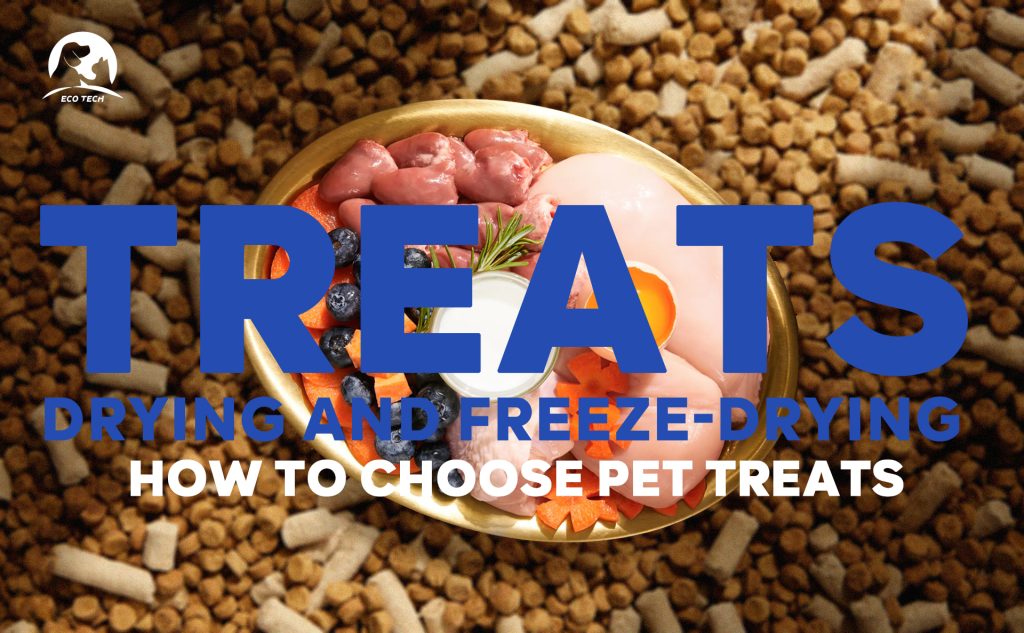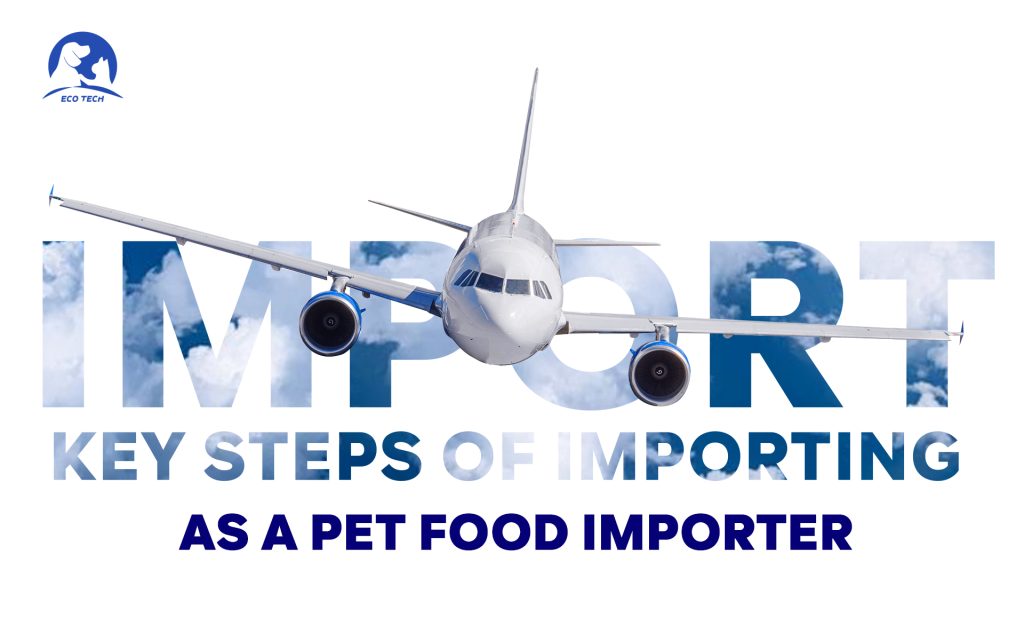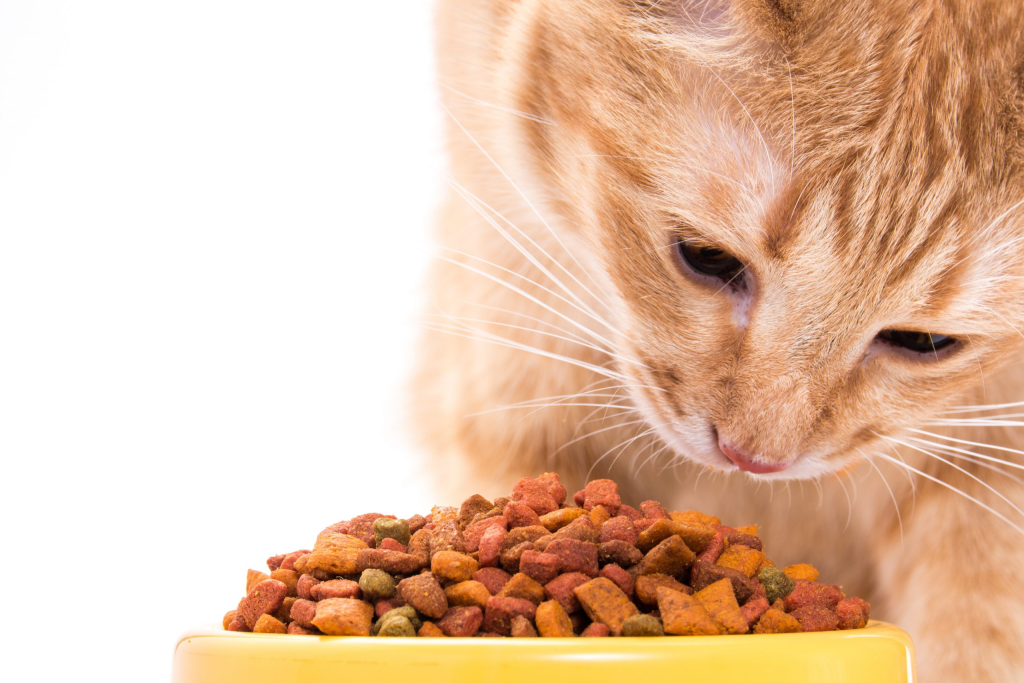
Drying and freeze-drying are both methods used to preserve pet treats, but they differ in their process and end result.
- Drying:
- Drying involves using heat or air circulation to remove moisture from the treats.
- Treats are typically placed in a heated environment, such as an oven or dehydrator, where the moisture evaporates.
- Heat is applied to speed up the evaporation process, leaving behind the nutrients and flavors of the treat.
- Dried treats may have a chewy or crunchy texture depending on the moisture content left after drying.
- The process of drying can take several hours to days, depending on the moisture content of the treats and the drying method used.
- Freeze-drying:
- Freeze-drying, also known as lyophilization, involves freezing the treats and then removing the ice crystals through sublimation.
- Treats are first frozen to solidify the water content.
- The frozen treats are then placed in a vacuum chamber where the pressure is reduced, and heat is applied, causing the ice to change directly into vapor without passing through the liquid phase.
- This process preserves the original shape, texture, flavor, and nutrients of the treats better than traditional drying methods.
- Freeze-dried treats typically have a light and airy texture.
- The freeze-drying process is more time-consuming and expensive compared to traditional drying methods.
In summary, drying uses heat or air circulation to remove moisture from pet treats, while freeze-drying involves freezing the treats and then removing the ice crystals through sublimation under vacuum. Freeze-dried treats generally retain more nutrients and have a lighter texture compared to traditionally dried treats, but the process is more costly and time-consuming.
How to Choose: Choosing between drying and freeze-drying for pet treats depends on various factors such as your pet’s preferences, dietary needs, budget, and shelf-life requirements:
- Texture Preference: Think about what texture your pet prefers. Drying typically results in chewier or crunchier treats, while freeze-drying produces lighter and airier treats. Observe your pet’s reaction to different textures to determine their preference.
- Nutrient Retention: Consider the nutritional value of the treats. Freeze-dried treats generally retain more nutrients because they are processed at lower temperatures, preserving the original nutritional content of the ingredients. If maximizing nutritional benefits is important to you, opt for freeze-dried treats.
- Shelf-Life: Evaluate the shelf-life of the treats. Freeze-dried treats typically have a longer shelf-life compared to dried treats because the removal of moisture inhibits the growth of bacteria and molds. If you’re looking for treats that can be stored for an extended period without spoiling, freeze-dried options may be preferable.
- Budget: Consider your budget when choosing between drying and freeze-drying. Freeze-dried treats are often more expensive due to the complexity of the process and the higher quality of the end product. If you’re on a tight budget, traditional drying methods may be more economical.
- Ingredients: Pay attention to the ingredients used in the treats. Regardless of the preservation method, look for treats made from high-quality, natural ingredients without additives or preservatives. Read the ingredient list carefully to ensure that the treats meet your pet’s dietary needs and preferences.
- Variety: Offer a variety of both types of treats to provide your pet with different textures and flavors. Some pets may enjoy the chewiness of dried treats, while others may prefer the lightness of freeze-dried treats. Experiment with different options to see what your pet enjoys the most.
By considering these factors, you can choose between drying and freeze-drying pet treats based on your pet’s preferences, dietary needs, budget, and shelf-life requirements.







